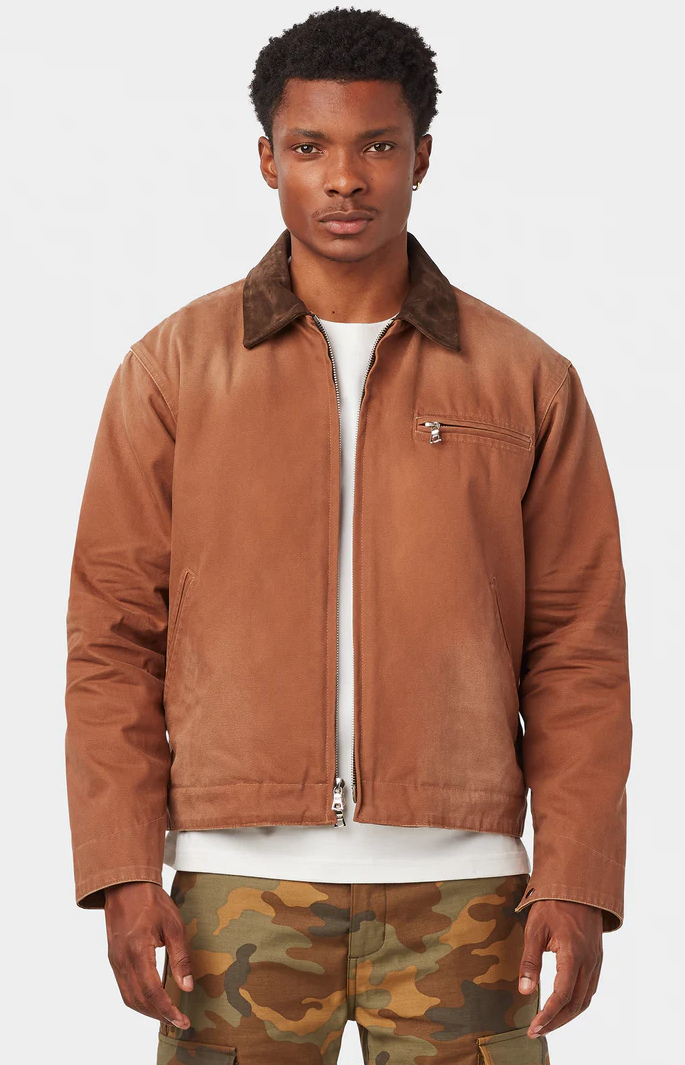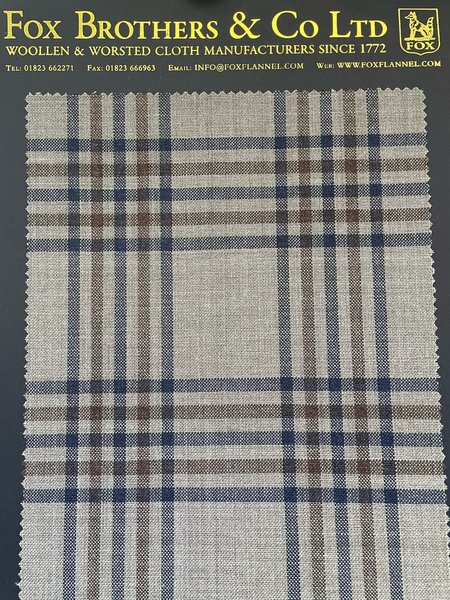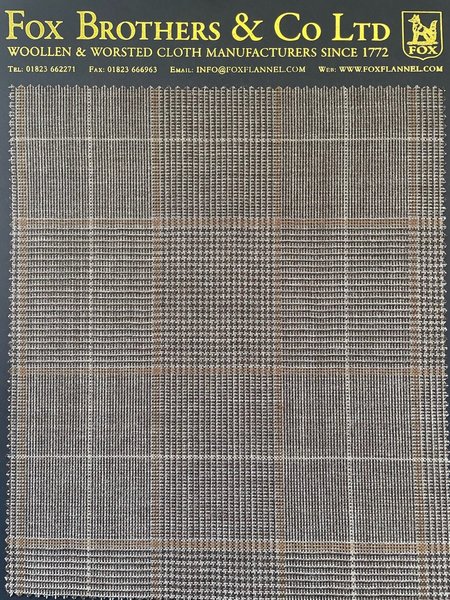fabricateurialist
Senior Member
- Joined
- May 12, 2022
- Messages
- 257
- Reaction score
- 205
I wanted to gather the forum's sentiment on this cloth category
Personally have been a big fan of technical cloth, whether it's Zegna's High Performance (2xxg) for Su Misura, their Packaway (190gr), or the random RTW trousers I picked up from Tomobolini's Zero Gravity capsule (which afaik isn't proprietary)
I've not yet seen the downside of these fabrics, but am curious to hear from you all if there are any ? Do you have any favorites - Loro Piana, Fox Brothers Air etc., Cool Effects and other coated cloths ?
They deliver on practicality while traveling due to the relative wrinkle resistance and breathable weave - but are there better options, which would be a sort of second question, since they are relatively light fabrics, what's the optimum canvas mix, go for a heavier one to provide more structure or go full lightweight and eliminate as much canvas material as possible ?
looking forward to hearing everyone's opinions
cheers
Personally have been a big fan of technical cloth, whether it's Zegna's High Performance (2xxg) for Su Misura, their Packaway (190gr), or the random RTW trousers I picked up from Tomobolini's Zero Gravity capsule (which afaik isn't proprietary)
I've not yet seen the downside of these fabrics, but am curious to hear from you all if there are any ? Do you have any favorites - Loro Piana, Fox Brothers Air etc., Cool Effects and other coated cloths ?
They deliver on practicality while traveling due to the relative wrinkle resistance and breathable weave - but are there better options, which would be a sort of second question, since they are relatively light fabrics, what's the optimum canvas mix, go for a heavier one to provide more structure or go full lightweight and eliminate as much canvas material as possible ?
looking forward to hearing everyone's opinions
cheers
Last edited:









